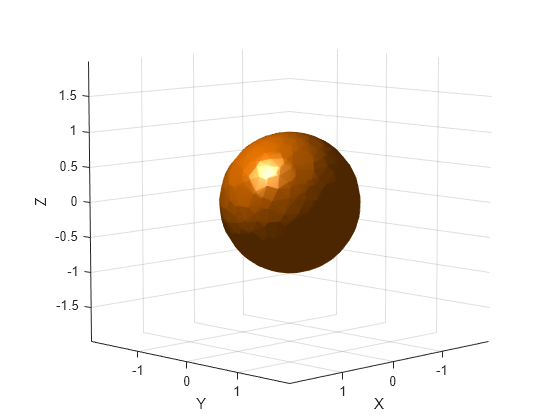collisionMesh
Create convex mesh collision geometry
Description
Use collisionMesh to create a collision geometry as a convex mesh
using a list of 3-D vertices relative to a frame of choice.
Creation
Description
MSH = collisionMesh( creates a
convex mesh collision geometry from the list of 3-D Vertices.
The vertices are specified relative to a frame of choice (collision geometry frame). By
default, the collision geometry frame collocates with the world frame.Vertices)
MSH = collisionMesh(___,Pose=
sets the pose)Pose property of the mesh to pose,
relative to the world frame.
Properties
Object Functions
checkCollision | Check if two geometries are in collision |
fitCollisionCapsule | Fit collision capsule around collision geometry |
show | Show collision geometry |


